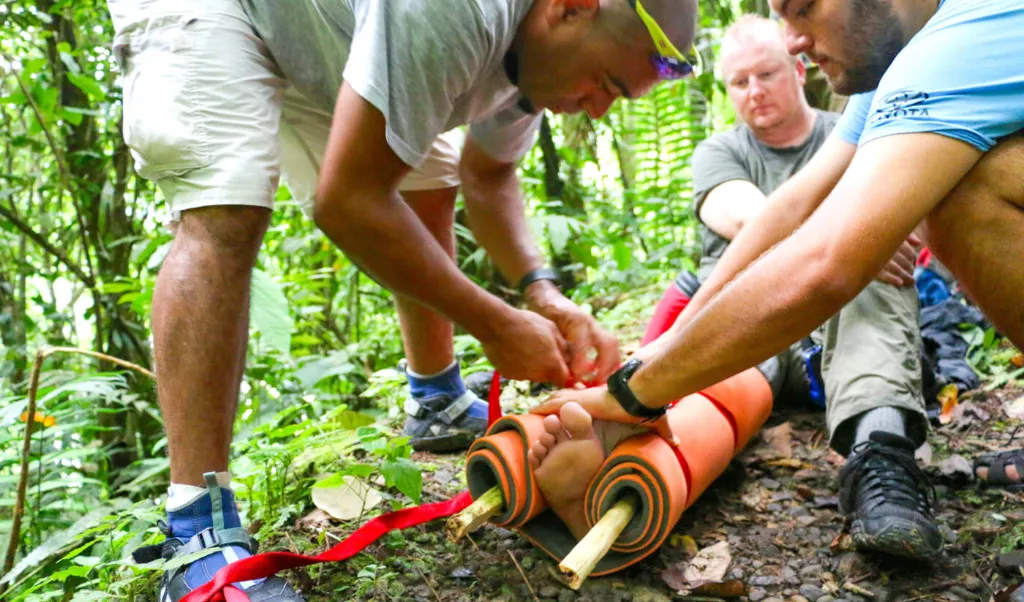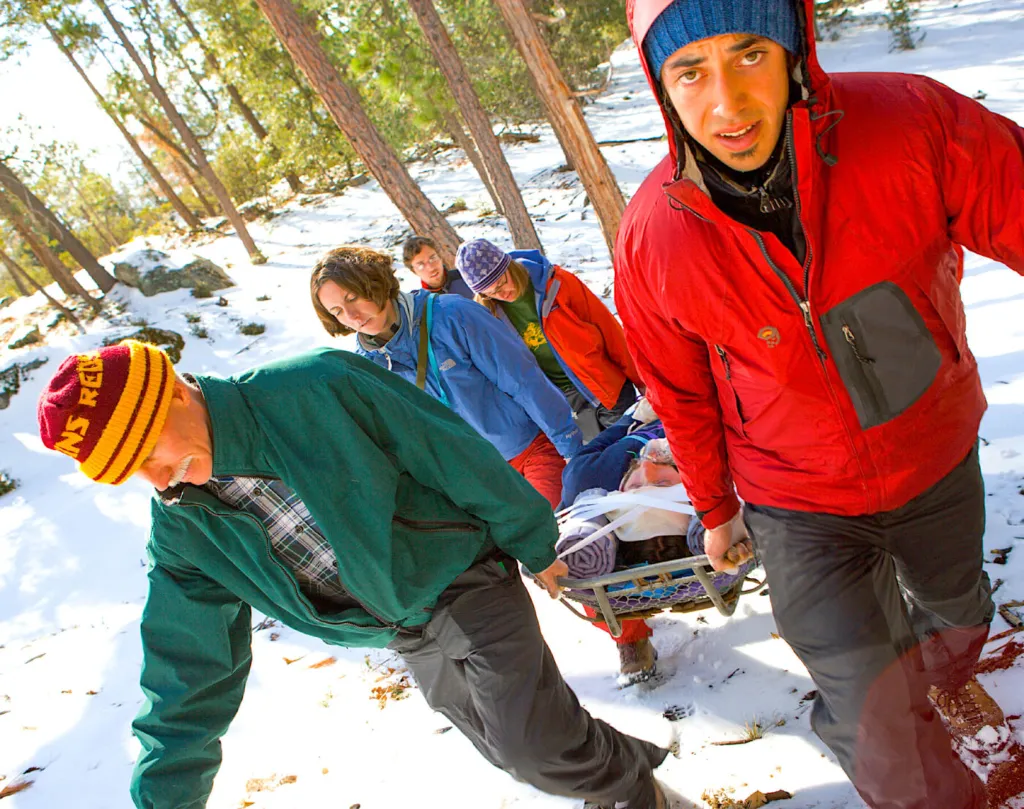“I found a runner going in circles, confused.” “A runner was alone, clinging to a log, delirious.” “I was weak, out of energy, and kept drinking water thinking I was dehydrated, but I wasn’t getting any better.”
All the comments above are real, told me by people who practice mountain sports and ultramarathons. Each comment is part of a story where someone experienced a problem they had no knowledge about—and that could have been avoided with proper preparation and planning. Fortunately, all these stories had a happy ending, but that’s not always the case. Many fatalities occur in the mountains as a result of preventable issues.
I often say that “little angels do a good job.” In other words, people frequently place themselves—or end up—in situations of high risk for accidents, even death, without knowing it. And, by luck, chance, or the help of a little angel, they come out unscathed.
The good news is that the vast majority of problems that can happen in the mountains are avoidable and, in some cases, treatable—or at least can be managed initially in the field—buying time for evacuation to proper medical care. A good first aid training program should not only teach you how to treat serious problems and handle accidents, but also give you the knowledge base to avoid many issues—several of which are covered in this article. In our training programs, from the most basic (WFA) to the most advanced (WFR), we provide tools to manage accidents, recognize when someone is in trouble, identify the severity of medical conditions, prevent and treat environmental injuries, and decide when and how to evacuate. In advanced courses, realistic simulated scenarios prepare you to deal with high-stress situations and force you to make decisions even when the variables (the problem, the patient’s condition, the available resources) are uncertain.
I recommend a mental exercise: have you ever experienced situations like the ones mentioned at the beginning of this article, or felt worried because you didn’t know how to act in similar cases? If the answer is yes, I strongly suggest you consider taking a first aid course—but it’s essential that it be specific to remote areas. Unfortunately, traditional first aid courses—designed for urban environments—won’t give you the skills you truly need in the mountains. Knowledge is never too much, and the more training you have (not only in first aid but also in nutrition, physical conditioning, orientation, and navigation), the safer and more enjoyable your time in the mountains will be.

Differences between each training level and how to decide which one is right for you
Below, I explain the differences between the levels of training offered by Wilderness Medical Associates International (WMAI), and who each course is designed for. If you’re interested in taking a course, I recommend doing some research and looking for one with a solid reputation and good references.
Wilderness first aid training programs originated abroad, and you’ll often come across the terms “wilderness,” meaning remote areas, and “first aid.”

There are three main training levels for people outside the healthcare field:
WFA – Wilderness First Aid
- Duration: 16 hours of training (other providers may offer up to 20 hours).
- Objective: an introduction to wilderness first aid, focusing on identifying and managing immediate problems and providing basic life support (interventions that help preserve life, like stopping bleeding or giving rescue breaths), and prevention. Much of the knowledge is delivered through patient assessment scenarios and group discussions.
- Target audience: those who take short trips (a few days) in easily accessible areas.
WAFA – Wilderness Advanced First Aid
- Duration: 40 hours of training (other providers may offer between 36 and 40 hours).
- Objective: a more in-depth training that teaches how to manage long-term problems and builds confidence in patient assessment and field decision-making. All concepts are explored in greater depth, and many practical skills are taught through simulations (realistic accident scenarios, with multiple patients and a team of responders working together until everyone has been treated and evacuated). We thoroughly discuss when and how to evacuate, and cover improvised evacuation methods (not including spinal stabilization).
- Target audience: those who take multi-day trips and crossings in locations where access to medical care may take several hours or even more than a day. This course will give you confidence to help others and the knowledge to avoid problems yourself during outdoor activities.
WFR – Wilderness First Responder
- Duration: 80 hours of training (other providers may offer between 64 and 80 hours).
- Objective: the highest level of wilderness training available for non-healthcare professionals. This course goes beyond individual care and expands on the WAFA curriculum by discussing logistics, planning, resource management, communication, triage, improvised stretcher construction, and develops critical thinking.
- Target audience: people who participate in long expeditions in places where rescue may take several days—or may not be an option—requiring self-rescue.
Many people who enjoy the outdoors also enjoy sharing “war stories” and “rough patches.” Many of these issues, I’ll repeat, are situations that could be avoided with preparation, planning, and knowledge. We often think “it won’t happen to me,” relying on luck and guardian angels, when we could count on humility and the pursuit of learning. Don’t let the next incident happen to you!
Enjoy your adventures!
This post is also available in: Português (Portuguese (Brazil)) Español (Spanish)
